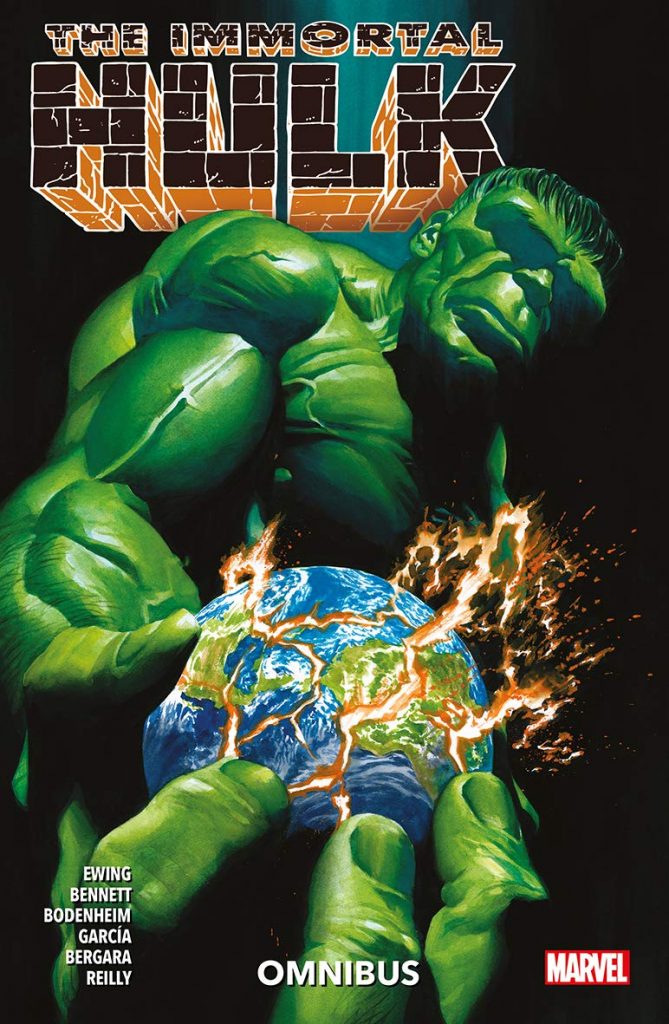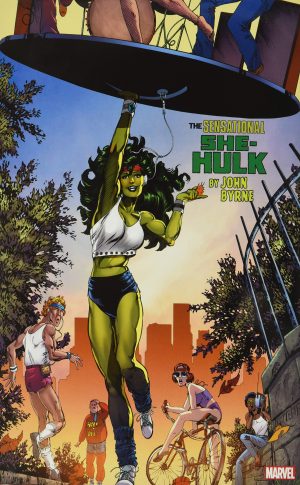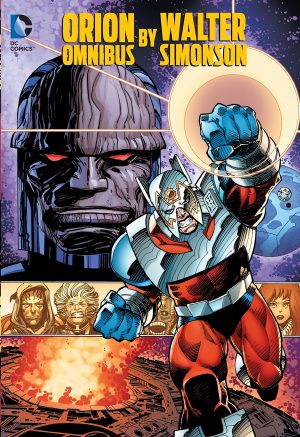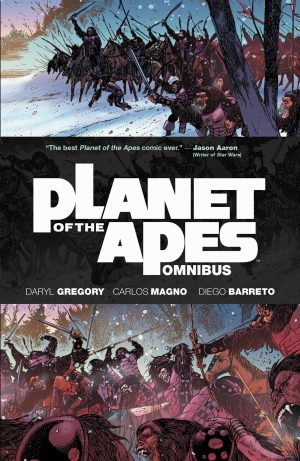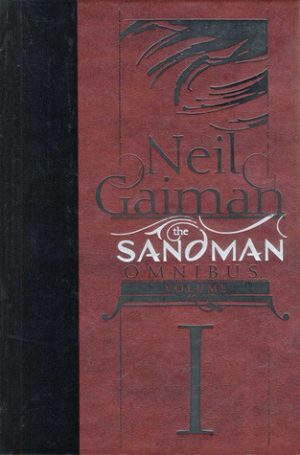Review by Frank Plowright
There was enough innovation and redefinition over the first Immortal Hulk Omnibus to satisfy the most jaded former Hulk reader, yet also enough that was reassuringly familiar, and that’s the pattern Al Ewing continues with these fifteen chapters. They take Bruce Banner/the Hulk some distance, beginning with his return from Hell and ending with him involved in a very personal war with Corporate America.
With artist Joe Bennett a willing partner, Ewing continues to treat the Hulk as a horror series, but exploring the genre through a number of different filters beyond the obvious one of the Hulk himself being a modern day equivalent of Frankenstein’s Monster. There’s the Dissociative Identity Disorder, which Ewing doesn’t trivialise, showing Bruce Banner constantly conflicted by several Hulk identities, with nightclub bouncer Joe Fixit reintroduced for the opening arc. There’s the horror of a single-minded, deluded individual with mountains of government cash at his disposal not caring how many people are harmed or killed as long as he fulfils his objective. There’s the real world horror of corporations prioritising profit over the greater good and having the resources to avoid ever properly being held to account for their actions. It’s with this section that Ewing’s passion slightly slips into satire that’s too obvious, although only briefly.
However, the horror that’s provided the greatest talking point is a single extended chapter pontificating on what the Hulk may become, his destiny laid out as the Breaker of Worlds. This is in a hard science fiction environment of the future, set in an alien society divorced as far as Ewing is able from human existence. There’s one hell of a lot of conceptual construction in what’s not easy reading, and is built around what the Hulk has done while barely featuring him.
There’s a greater and smoother integration of guest artists, most considerably distanced from Bennett’s solid standard superhero style. Germán García takes on the science fiction in the future, while Matiás Bergara’s version of the Roxxon CEO is wild and untamed. It’s nicely contrasted with Tom Reilly’s standard art illustrating a security guard who considers the world is slipping out of control, Bergara’s pages showing it is, but not in the closed-minded fashion he believes. Ryan Bodenheim is more traditional in showing how General Fortean picks up the wrong lessons during his rise to power.
As before, if you’re going to splash out on the not insubstantial cost of an Omnibus edition, and assuming it’s an occasional treat rather than habitual addiction, then surely quality is the deciding factor. The Immortal Hulk continues to be an intelligent, enjoyable and well drawn series showcasing ideas and artistic approaches never before applied to the Hulk.
Those wanting a hardback without springing for an Omnibus price can pick up The Immortal Hulk Volume 2 and Volume 3, while the stories are presented in paperback versions as Abomination, Breaker of Worlds and We Believe in Bruce Banner. Vol. 3 continues the thrills.
